Herbert Bayer
Life and Career of the Graphic Artist in the Dawn of a New Century
28 July, 2012
“No designer experiences disciplinary boundaries when they work.” says Quentin Newark (2007, p.118) in his book “What is graphic design?”, and a perfect example of that statement is the graphic designer Herbert Bayer. In his life he followed the idea that artists have no restrictions and is famous for being interested and working in various areas, such as graphic design, typography, photography and photomontage, architecture and environmental, and interior design. This essay will discuss his greatest innovations and his significance to other designers by focusing on three key pieces – starting with his important photomontage designs, through the revolutionary 360-field-of-vision principle, used in his exhibitions, and finally, the planning and rebuilding of the Aspen village, showing the architectural aspect of his work.
Bayer accomplished many achievements, even early in his career – he was the head of the first typographic workshop in Bauhaus and managed to provoke the typographic world by introducing his revolutionary Universal font – based only on lower case letters (fig1). He is also known as an exhibition designer, educator, art consultant and director for several companies. His wide range of work and interests is in close relationship with the revolutionary times, he lived in.
Born just in the beginning of 20 th century – 5 April 1900 in Haag, Austria, he grew up under the influence of the avant-garde movement and the fast changing environment and technologically revolutionary years. Bayer (among other famous graphic artists like El Lissitsky, Aleksander Rodchenko, Laszlo Maholy-Nagy) believed in the power that design has in influencing society. The designers were “putting the chaos of life into rational forms” (Armstrong, 2009, p.13) and slowly, but surely, were changing the world. Finding inspiration in the functionality and efficiency of the machines, Bayer worked in the spirit of order and clarity. At 20, he entered the famous German school of design – the Bauhaus, to become one of the most important and influential artists, whose style, with time, has turned into a symbol of the Bauhaus itself – reflecting all of the school’s believes, accomplishments and innovations. And it is there, where he found not only his talent and passion for typography, but also one for photography. Influenced by Kandinski and Maholy-Nagy, Bayer also developed a strong interest in painting and photo manipulation.
His famous photomontage cover for an issue of the Bauhaus’s zeitschrifte magazine from 1928 (fig2) is among the first successful uses of type and image. It “combines the tools of a graphic designer, basic geometrical forms, and a page of type in his layout” (Armstrong, 2009, p.19); “Bayer’s most original use of light [:] in his memorable composition, he uses light in a dramatic and striking manner. Additionally, Bayer makes use of a cube, ball and cone (solidifications of Kandinsky’s iconic square, circle, triangle) along with sharpened pencil and transparent triangle, juxtaposed over the surface of a magazine’s cover.” (Poulin, 2011).
The photomontage clearly presents Bayer’s style to the public, as well as the principles on which Bauhaus is built upon. In search for clarity and efficiency the cover consists only of exactly what is needed in order to symbolize the content and nothing more. Without overwhelming the reader with too much information, it provokes a lot of interest. It attracts attention, but also implies that the really important information is inside. The viewer is drawn to the piece, there is a spark of curiosity and confusion – “What is the cube or the triangle for?”, “Why is the triangle transparent?”, etc. – which makes the design remarkable and has made it so famous. Another important thing is the above mentioned use of light – the strong shadows, and the contrast, indicate the abstract vision that had started to take root in Bayer. His later works with photomontage show the development of that unusual vision of his. Perfect example is the surrealistic self-portrait from 1932 (fig3), in which he had cut part of his arm away. Through the years he has developed higher and higher skills in the photomontage. His famous photo manipulations from 1959 – forests with eyes on almost each tree (fig4), seen as representation of the sense of paranoia (Anker, 2011, p.264), are a prove that the more he mastered the craft, the deeper the meanings of his works were becoming. His unique style is widely recognized. Using eyes – the windows to the human soul, he manage to provoke great interest. His works are among those that will never get old, that have meaning which is unrelated to any particular time and space. Again leading is the idea of the universal, making its way through the craft and truly turning Bayer’s works into timeless masterpieces of early surrealistic photomontage art. The objectiveness and the detachment of the avant-garde movement and Bauhaus, and the later - more emotional and expressive approaches and movements were also of great influence to the designer. Bayer managed to preserve the order in his works, and yet started exploring more deeply the human psychology in an attempt to catch and involve more of the viewer’s attention. His many travels and wide experience in different areas enabled him to understand and successfully present many human emotions through photomontage and in this way, he opened the door of surrealism in photomontage practices.
Bayer’s different visual perception of the world is also celebrated in his exhibition works. His unique techniques have turned many events into an instant success and have even become a model for future designers to follow. Most of his greatest exhibitions were held after he had left Berlin in 1938, and immigrated to the United States – New York. Bayer left Nazi Germany in search for freedom from conservative views and no boundaries for the human spirit and beliefs. One of his greatest impacts on the society is due exactly to his immigration – in New York, America, he, with Paul Rand, built the foundation of the graphic design as an official, professional practice.
Over the next 30 years he produced “ a very wide range of work, including designing the Museum of Modern Art’s Bauhaus exhibition” (Chilvers, 1999), and in 1938 he designed an exhibition that “ is the event introducing “modernistic design” to America. (Anker, 2011, p.258). Quentin Newark (2007, p.140) calls Bayer “one of the most influential exhibition designers of the modern period. [The second key design examined here - His 360-field-of-vision…[shows] his exhibition principles (fig5) – the visitor is surrounded by rich, multi-faced, out-of-the-ordinary array of pictures and information”. Bayer’s techniques were inspired by the work of El Lissitzky and are a clear example of transferring the ideas of one society and time into another; into the next. The astonishing exhibition was also noticed and commented by the famous Elke Krasny (2009, p.25) - “[Bayer] translated a graphical way of thinking into three dimensional space, Bayer’s exhibitions show a trend towards room installations and a media environment. Architecture photographs are presented in such a way and detached from the wall that, as objects, they can develop new levels of spatial perception.”
Bayer’s impact on exhibition design is enormous, as mentioned in Krasny’s (2009, p.25) article, the latest adaptation of his work was made in 2009 for an exhibition in Linz (fig6). Many other artist (now and then) have been also influenced by his work and have developed it further. Examples of that is the work of the artist Morag Myerscough and his design super-cinematic (fig7), which uses arrangement reflecting Bayer’s design: “the visitor is immersed in pulsing light, shimmering colour, scrolling text and sound.” (Newark, 2007, p.140).
Another important principle that is in the foundation of those exhibitions is the person – as a center of the universe. Bayer’s search for “complete human being” (Anker, 2007, p.260) not only shows his own wish to constantly improve himself, but also reflects in his work – mostly on the way he has chosen to interact with his audience. As in his photomontages, later in the exhibitions, he continued to explore the human psyche, and tried to provoke deeper emotional reaction. Surrounding the person with art, with information, Bayer gives her or him something real, whole, the chance to feel, to adapt themselves to the environment he has created for them. They are encouraged to look deeper into themselves, to find out what the certain art pieces makes them feel, to understand what exactly was in the artist’s heart and mind. The perception of the world is different for every person and I believe Bayer has found a successful way in which one person (the artist) can show another (the viewer) that world, in the special and unique way the one (artist) sees it. The complex task is easily achieved by simply using the circle. The exhibition 360-field-of-view describes a circle around the viewer. That shape has always been special, it symbolizes peace, harmony, wholeness. The viewer experiences greater and deeper connection to the information, which on the other hand leads to greater reaction to it (to the artwork) – and that is what all artists ever want from an exhibition – a chance to touch the audience.
Bayer’s interest in the relationship between the humans and the surrounding environment has grew even more after he left America. In 1946 he moved to Colorado and spent most of the rest of his life there, working on graphic design jobs, environmental and architectural projects. During that period (1946 – 1970, when he moved to California) he created the most significant, ambitious and innovative designs – the Geo-graphic Atlas (fig8) and the planning of Aspen, which from small, almost deserted town, turned into one of the greatest vacation locations. The first great achievement, Bayer started in 1947 and created an Atlas that “[was] of the highest professional quality…a 368-page book, that included 120 full-page maps, 1200 smaller…4000-5000 finished drawings” ( Ankel, 2010, p.59). It is noted to be of great importance because: “[it] was an example of how Americans had adapted Bauhaus design principles to communicate “simply, directly and possible forcefulness”; “Atlases of world resources produced before Bayer’s publication hardly utilized a modernist graphic language. This would change with environmentally informed atlases of the 1970s that borrowed extensively from Bayer in their integration of color, graphic and symbols.” (Anker, 2007, p.270). The Atlas was finally finished in 1953 and then, under the strong influence of Peapcke - “the chief owner and director of the highly successful Chicago-based Container Company”, a patron who saw the future in Aspen and bought significant part of the land (Ankel, 2010, p.55), the resurrection of Aspen began.
The third key design for this essay is Aspen, itself and it has a purpose to demonstrate the huge difference that design can make. Bayer’s deep interest in many environmental issues and humanity had a big influence in his work, which is why he devoted himself completely to the town and its reconstruction – he took the position of art consultant and architect for the whole village, “his duties […] included everything from town planning and architecture to graphic design of his hotel’s stationary.” (Anker, 2007, p262). According to Egbert Jacobson, vital to understanding Bayer’s work in Aspen is the designer’s decision “to seek his artistic sustenance in nature” (Anker, 2007, p262). Bayer’s extraordinary views and big love for architecture, which he has studied for two years before entering the Bauhaus, have lead to the creation of Aspen Meadows (fig9), the Institute for Humanistic Studies (fig10) and the more spiritual structure Grass Mound (fig11), and many other buildings - he “created a complex of around 100 rooms on the 40 acre…completed in 1962” (Hill, 2003, p.44). The surrounding natural environment had been the greatest inspiration for Bayer and instead of destroying it, with his architecture, he had tried to preserve it. Judging by the description of the hotel in Aspen by Herbert Ypma, that task has been completed successfully – “…it is unlike any ski hotel, […] elegant, campus-like Aspen Meadows has a “futuristic, surreal quality. Entire walls of glass bring the mountain into your room and even in the darkest months…daylight is reflected off the snow into the sand-and-white interior” (Hill, 2003, p.44). Bayer followed the famous principle – “form follows function” in yet another of his projects and accomplished great success. The buildings protect the people, give them comfort, space and in the same time and manage to connect them with and the nature and life outside.
Bayer is one of the designers who has changed the perceptions of what graphic designer should do. His long career has great impact on the generation of artists after him, and has shown, through numerous innovations in photomontage, exhibition and environmental design (and others) that changing the world into a better place is not impossible.

Figure 1, Herbert Bayer, Universal Typeface, 1925, Available from:
http://sites.google.com/site/historiadeldisenografico1/assignments/funcionalismo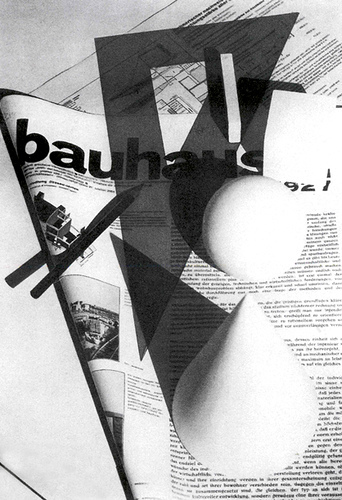
Figure 2, Herbert Bayer, Bauhaus's Zeitschrifte, 1928, Available From:
http://www.flickr.com/photos/20745656@N00/1233907822/
http://www.flickr.com/photos/20745656@N00/1233907822/
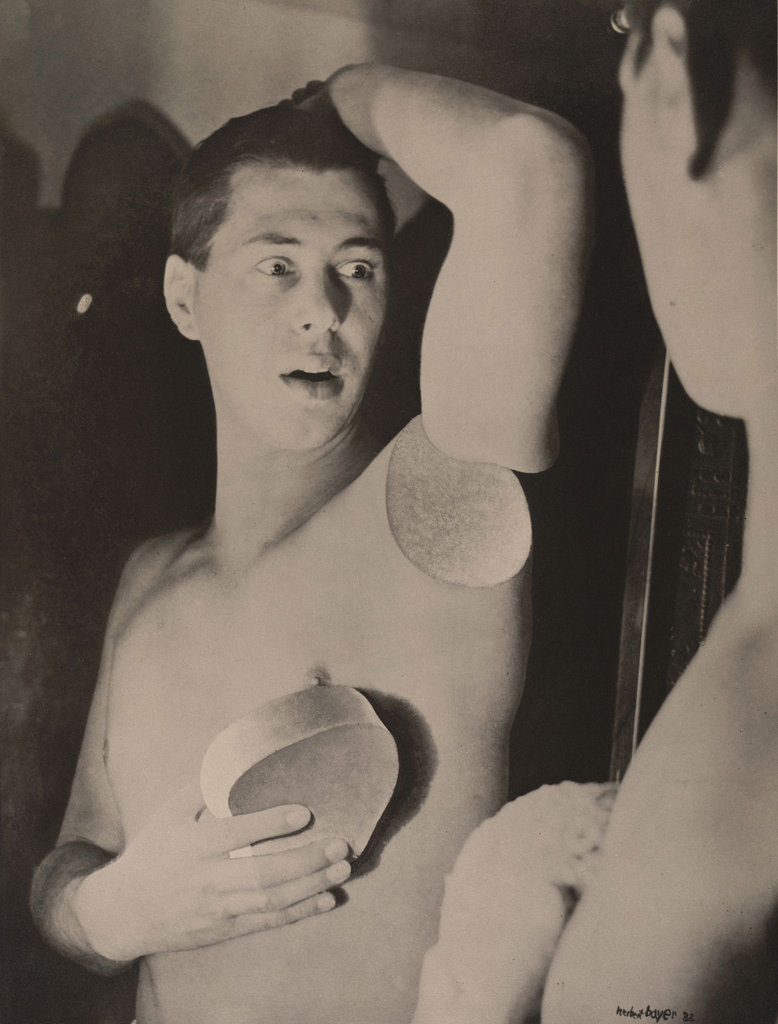
Figure 3, Herbert Bayer, Self-portrait, 1932, Available From:
http://resourcemagonline.com/blog/photosculpture-kunsthaus-zurich/
http://resourcemagonline.com/blog/photosculpture-kunsthaus-zurich/
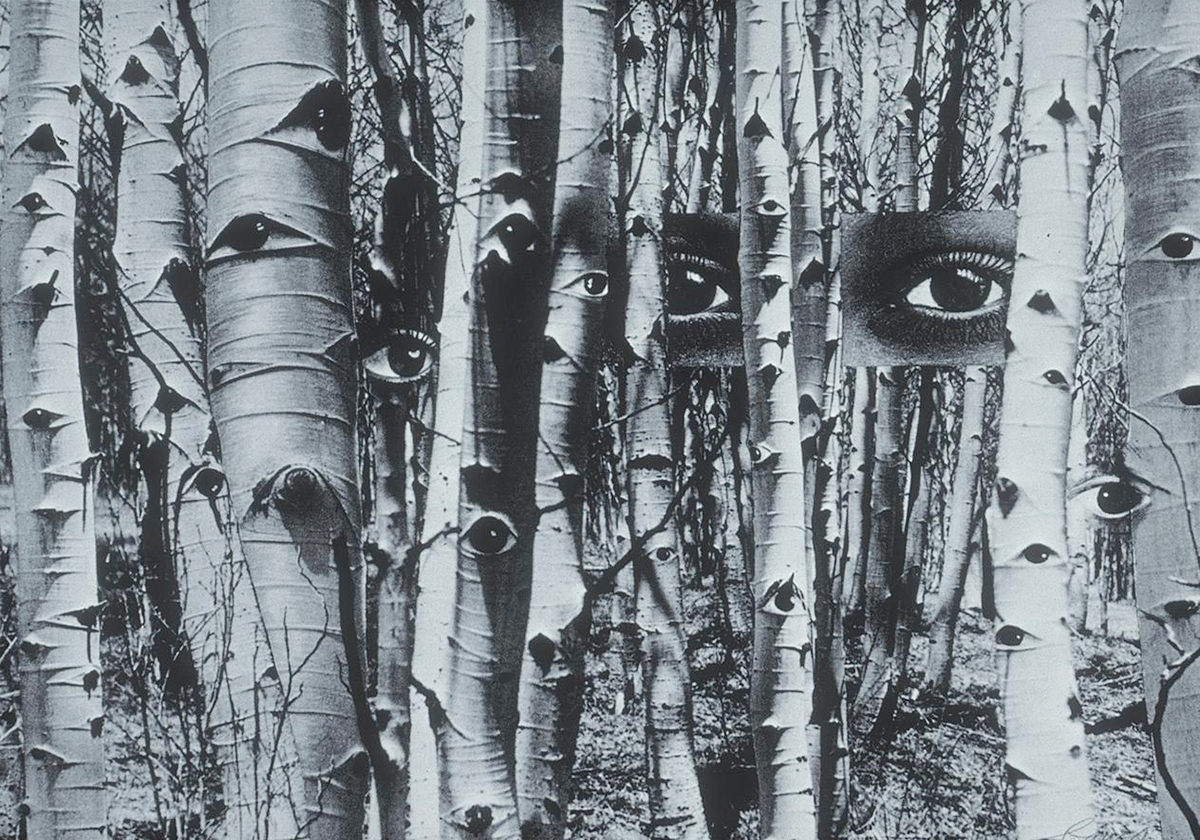
Figure 4, Herbert Bayer, Untitled, 1959, Available From:
http://www.daily-shadows.com/herbert-bayer-galerie-photos/
http://www.daily-shadows.com/herbert-bayer-galerie-photos/
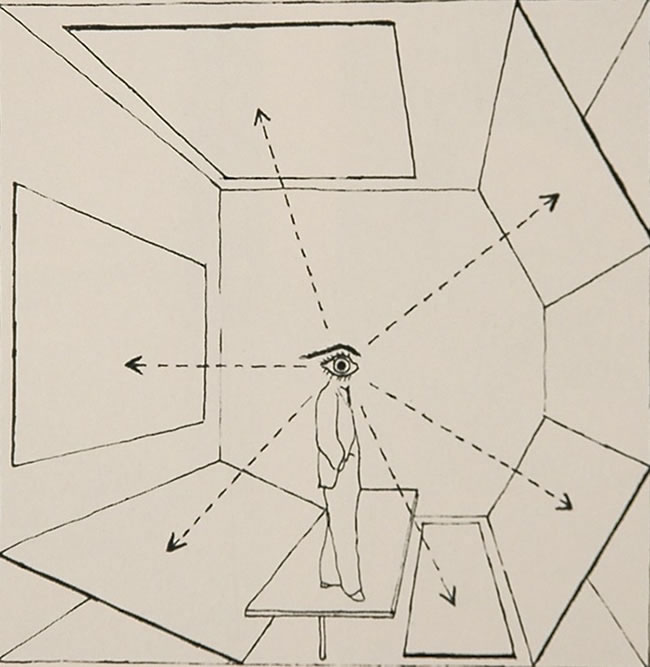
Figure 5, Herbert Bayer, Diagram Extended Field of Vision, 1935, Available From:
http://www.musicweb-international.com/SandH/2009/Jul-Dec09/andsnes_interview.htm
http://www.musicweb-international.com/SandH/2009/Jul-Dec09/andsnes_interview.htm
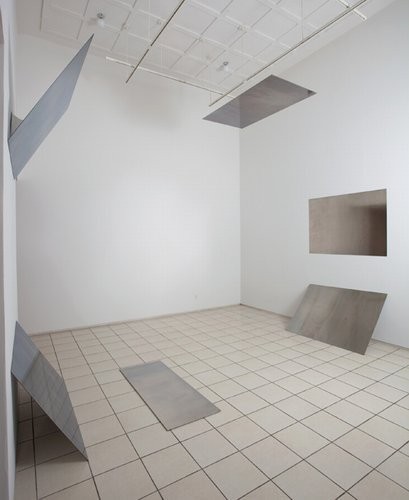
Figure 6, Liz Deschenes, Tilt/ Swing (360 field of vision, Version 1), 2009, Available From:
http://artnews.org/miguelabreu/?exi=15393&Miguel_Abreu&Liz_Deschenes
http://artnews.org/miguelabreu/?exi=15393&Miguel_Abreu&Liz_Deschenes
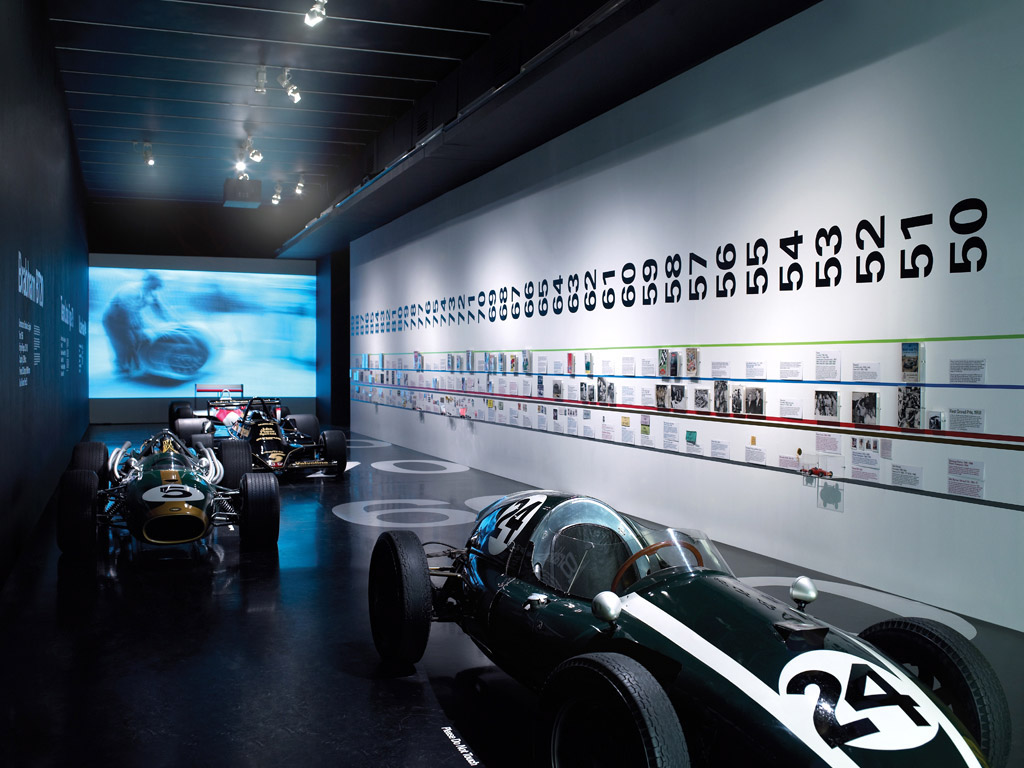
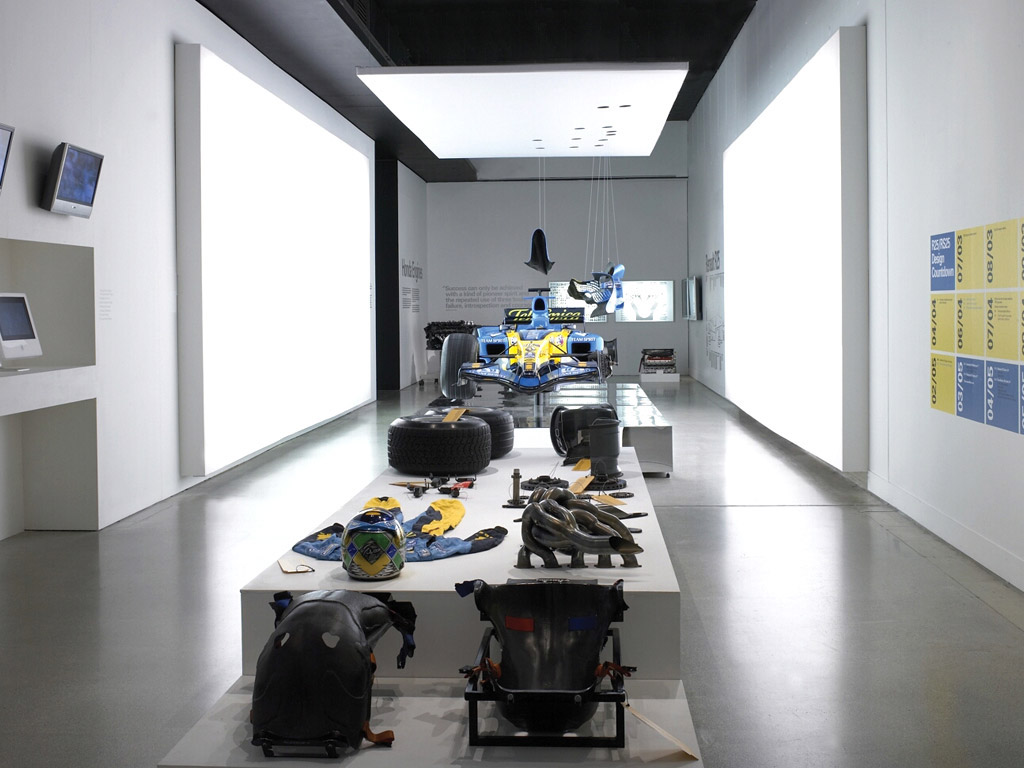
Figure 7, Morag Myerscough, Formula One, Unknown, Available From:
http://studiomyerscough.com/index.php/formula-one-design-museum-london-award-winning-global-touring-2
http://studiomyerscough.com/index.php/formula-one-design-museum-london-award-winning-global-touring-3
http://studiomyerscough.com/index.php/formula-one-design-museum-london-award-winning-global-touring-2
http://studiomyerscough.com/index.php/formula-one-design-museum-london-award-winning-global-touring-3
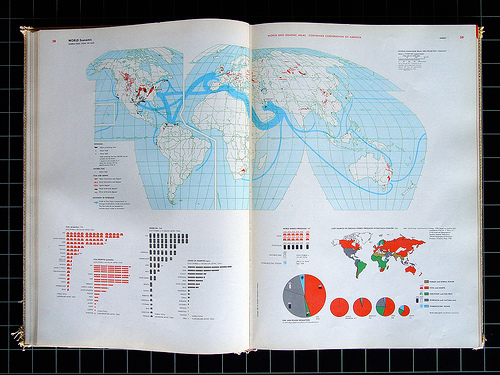
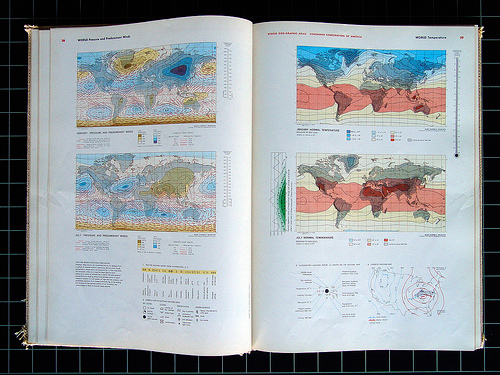
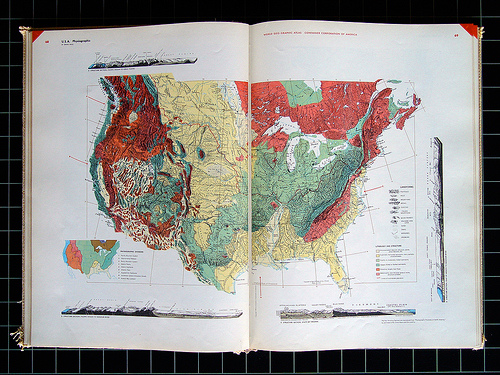
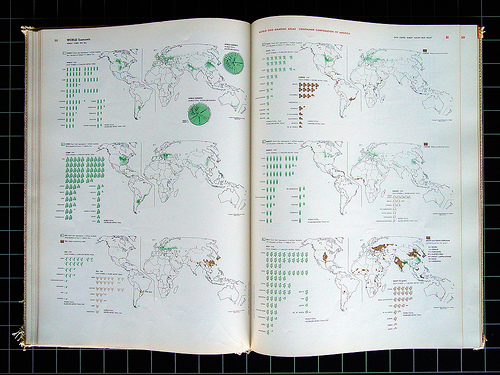
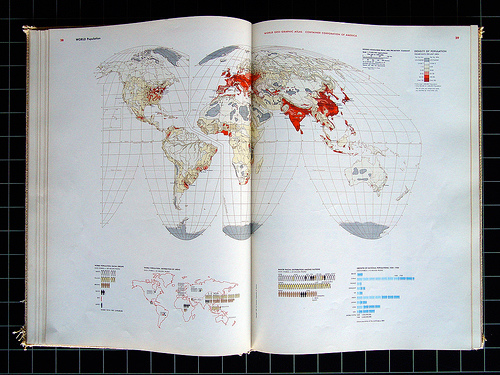
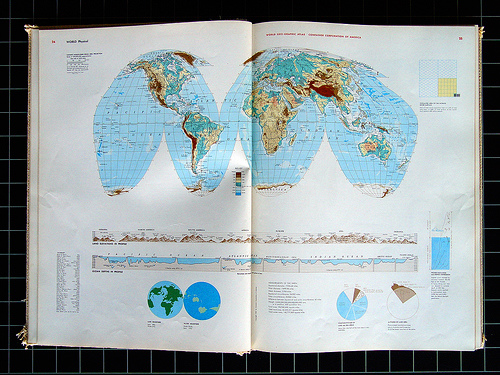
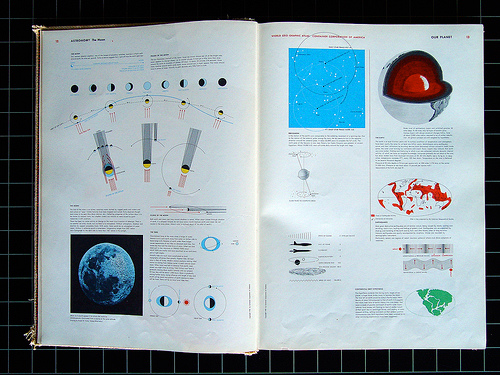
Figure 8, Herbert Bayer, World Geo-graphic Atlas, 1953, Available From:http://www.flickr.com/photos/mstoll/2631722510/in/set-72157605938388380/
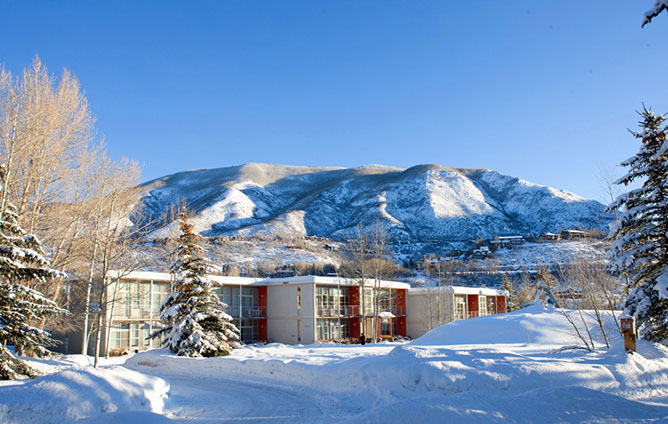
Figure 9, Herbert Bayer, Aspen Meadows, 1953, Available From:
http://www.architecturaldigest.com/resources/features/2011/12/aspen-travel-guide-slideshow#slide=1
http://www.architecturaldigest.com/resources/features/2011/12/aspen-travel-guide-slideshow#slide=1
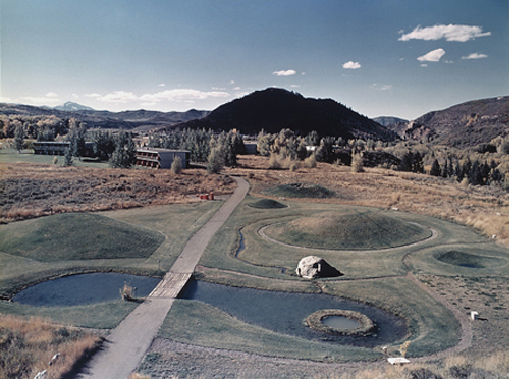
Figure 10, Herbert Bayer, Anderson Park - Aspen Institute for Humanistic Studies, 1973-74, Available From:
http://www.mnartists.org/article.do?rid=284362#
http://www.mnartists.org/article.do?rid=284362#
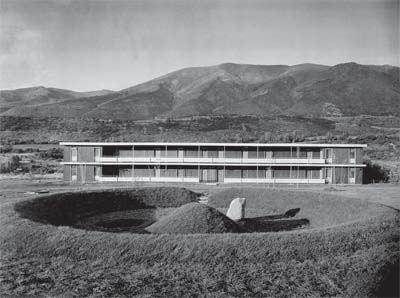
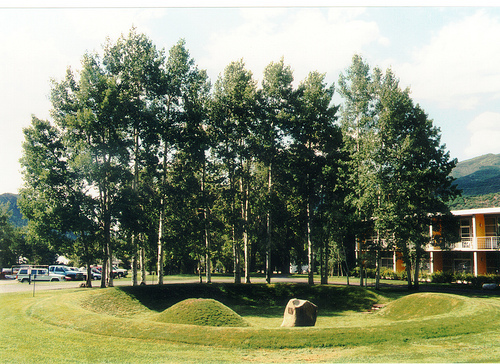
Figure 11, Herbert Bayer, Grass Mount, 1955, Available From:
http://www.artperformance.org/article-30673957.html
http://archive.clui.org/ludb/explore/keyword=Land%20Art/
http://www.artperformance.org/article-30673957.html
http://archive.clui.org/ludb/explore/keyword=Land%20Art/
Bibliography
ANKEL, P., 2010. TheGraphic Environment of Herbert Bayer. In: Anon, From Bauhaus to Eco-house: AHistory of Ecological Design [online] Baton Rouge, LA: LSU Press, [21 November 2011] Available from: ebrary
ANKER, P., 2007. Graphic Language: Herbert Bayer’s Environmental Design. [online] [viewed on05 March 2012] Available from: http://pederanker.files.wordpress.com/2011/06/graphic-language-environmental-history.pdf
ARMSTRONG, H., 2009. GraphicDesign Theory: Readings From The Field. New York: Princeton ArchitecturalPress
CHILVERS, I., 1999. A Dictionaryof Twentieth-Century Art. [online] [viewed on 06 March 2012] Availablefrom: www.encyclopedia.com/ topic/Herbert-Bayer.aspx
HILL, A., 2003.Bauhaus in the snow; Modernist architecture is right at home in the pine-freshwinter playground of Aspen, Colorado, as Albert Hill Discovered. And this is adesign masterpiece in which you can actually stay: [FOREIGN Edition] [online].The Independent, Jan 11, p. 44-45 [21 November2011] Available from: European Newsstand
KRASNY, E., 2009. DieJanuskopfigkeit der Moderne: Herbert Bayer/ The Janus-faced aspect ofmodernism: Herbert Bayer [online] Architectur, 352/353 (July/August 2009) p.25 [21 November 2011]Available from: Art Full Text
NEWARK, Q., 2007. Whatis Graphic Design? Switzerland: RotoVision
POULIN, R., 2011. HerbertBayer and Bauhaus zeitchrift [online] [viewed 05 March 2012] Availablefrom: http://rockpaperink.com/content/article.php?id=42
ANKEL, P., 2010. TheGraphic Environment of Herbert Bayer. In: Anon, From Bauhaus to Eco-house: AHistory of Ecological Design [online] Baton Rouge, LA: LSU Press, [21 November 2011] Available from: ebrary
ANKER, P., 2007. Graphic Language: Herbert Bayer’s Environmental Design. [online] [viewed on05 March 2012] Available from: http://pederanker.files.wordpress.com/2011/06/graphic-language-environmental-history.pdf
ARMSTRONG, H., 2009. GraphicDesign Theory: Readings From The Field. New York: Princeton ArchitecturalPress
CHILVERS, I., 1999. A Dictionaryof Twentieth-Century Art. [online] [viewed on 06 March 2012] Availablefrom: www.encyclopedia.com/ topic/Herbert-Bayer.aspx
HILL, A., 2003.Bauhaus in the snow; Modernist architecture is right at home in the pine-freshwinter playground of Aspen, Colorado, as Albert Hill Discovered. And this is adesign masterpiece in which you can actually stay: [FOREIGN Edition] [online].The Independent, Jan 11, p. 44-45 [21 November2011] Available from: European Newsstand
KRASNY, E., 2009. DieJanuskopfigkeit der Moderne: Herbert Bayer/ The Janus-faced aspect ofmodernism: Herbert Bayer [online] Architectur, 352/353 (July/August 2009) p.25 [21 November 2011]Available from: Art Full Text
NEWARK, Q., 2007. Whatis Graphic Design? Switzerland: RotoVision
POULIN, R., 2011. HerbertBayer and Bauhaus zeitchrift [online] [viewed 05 March 2012] Availablefrom: http://rockpaperink.com/content/article.php?id=42
